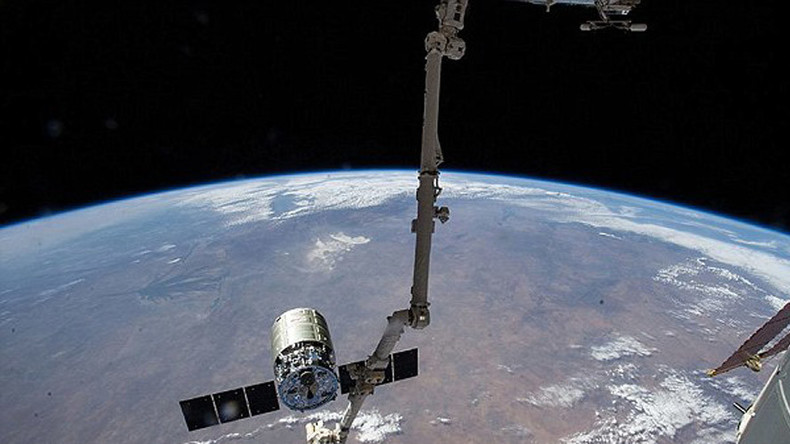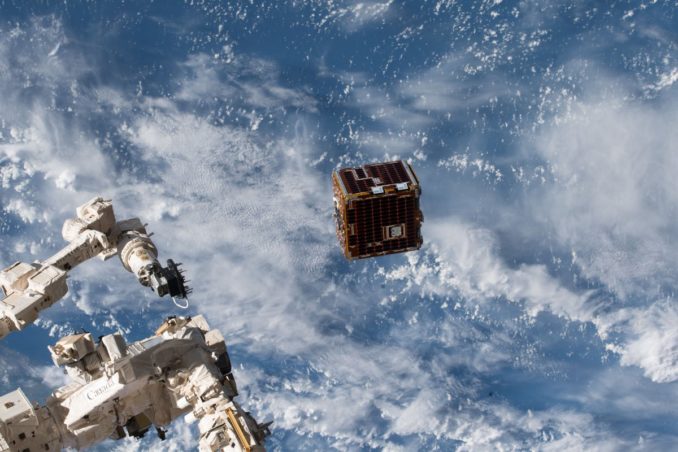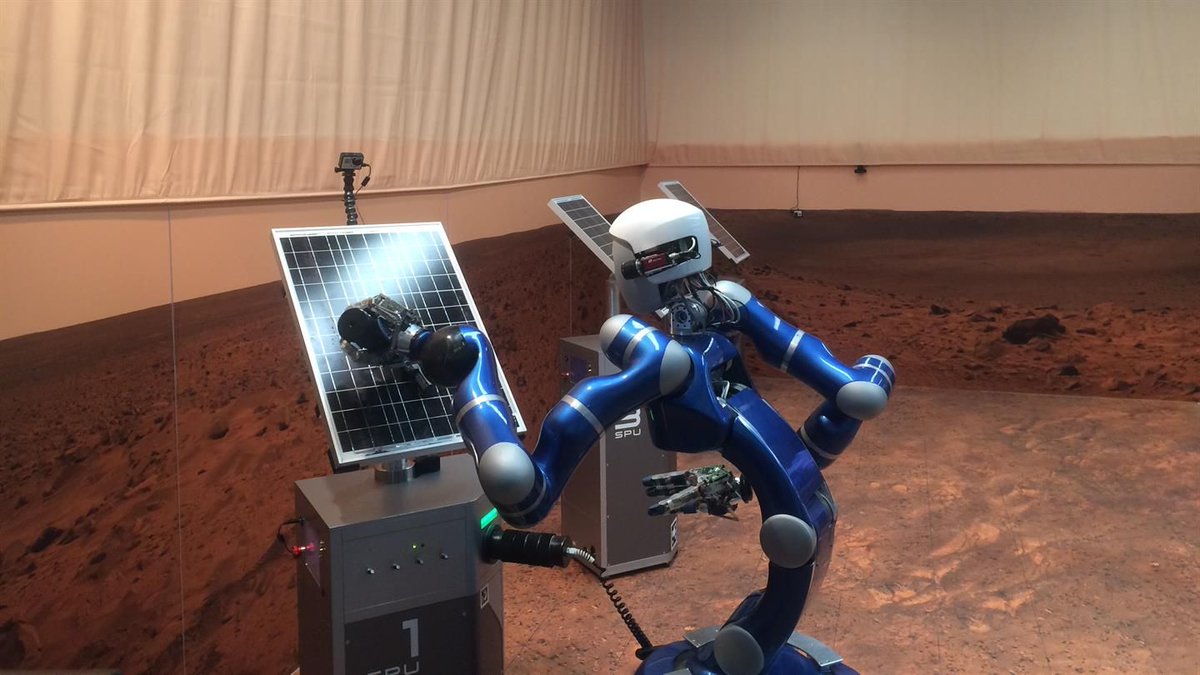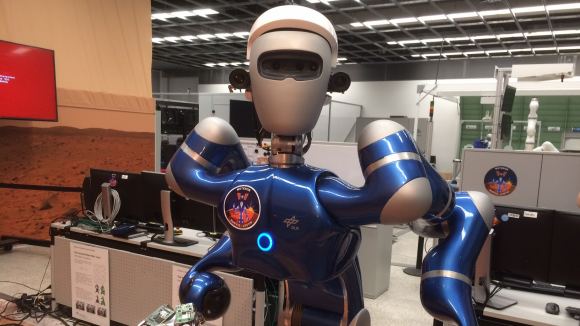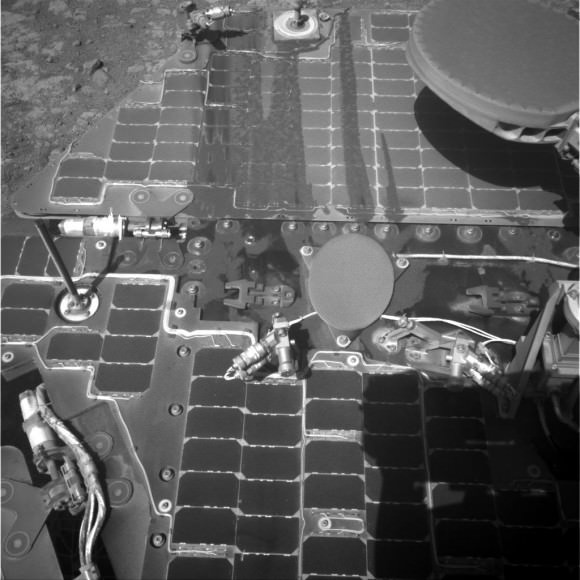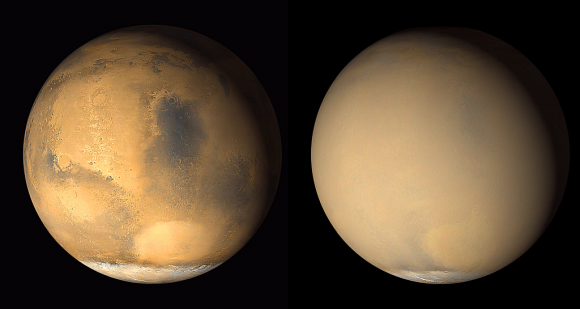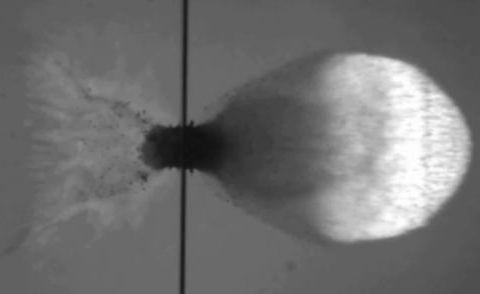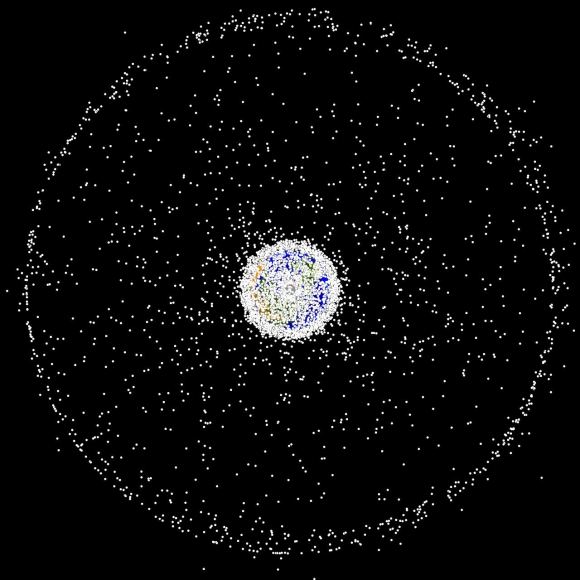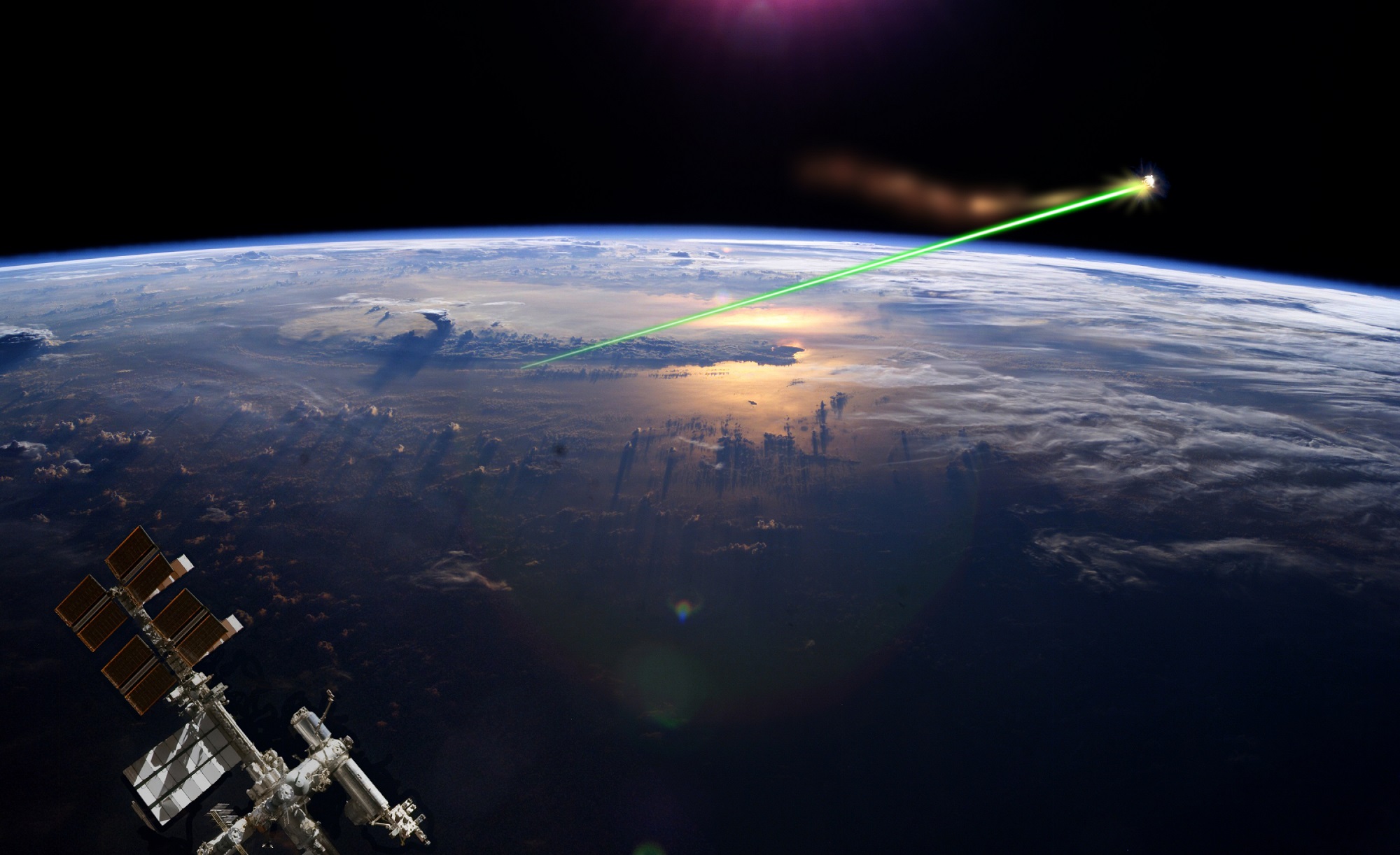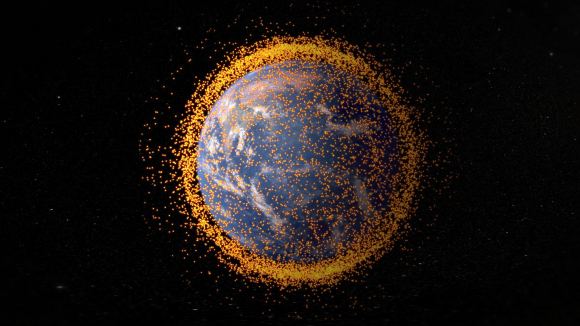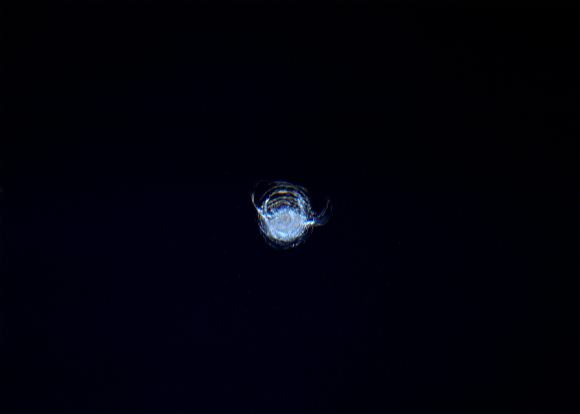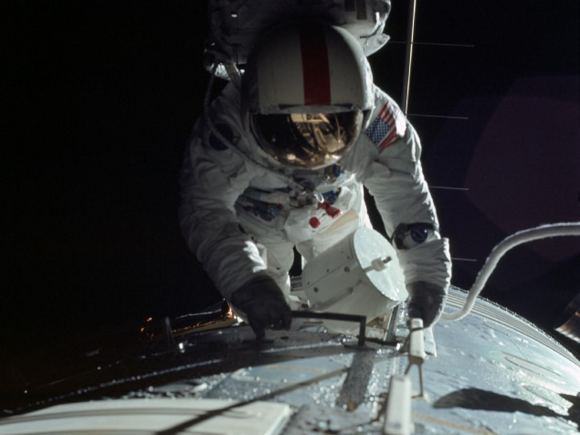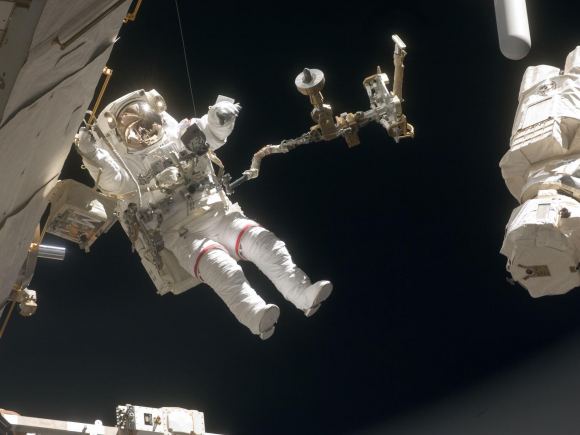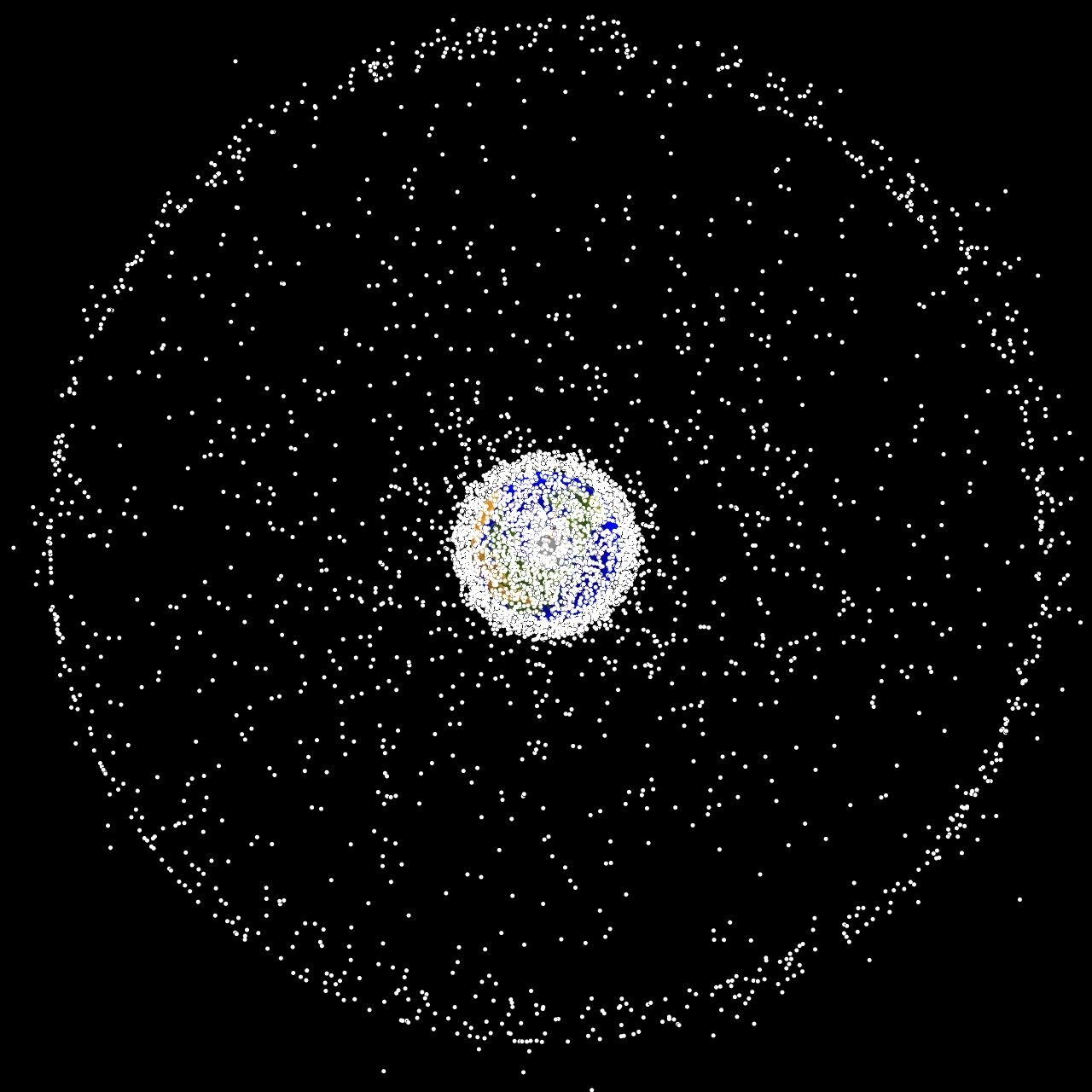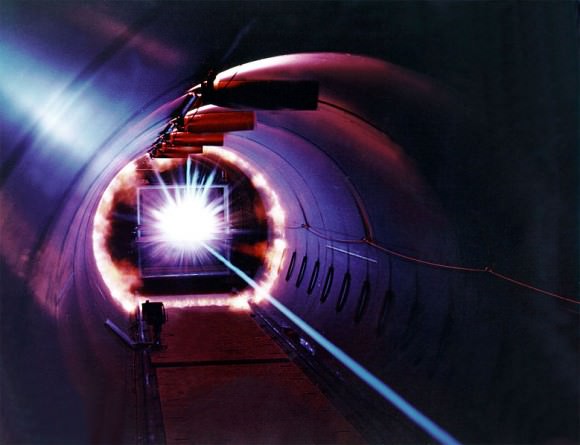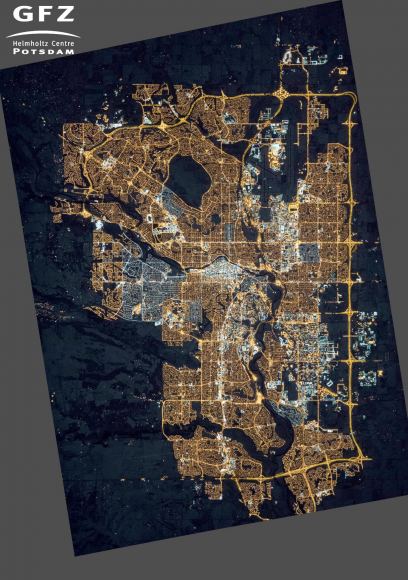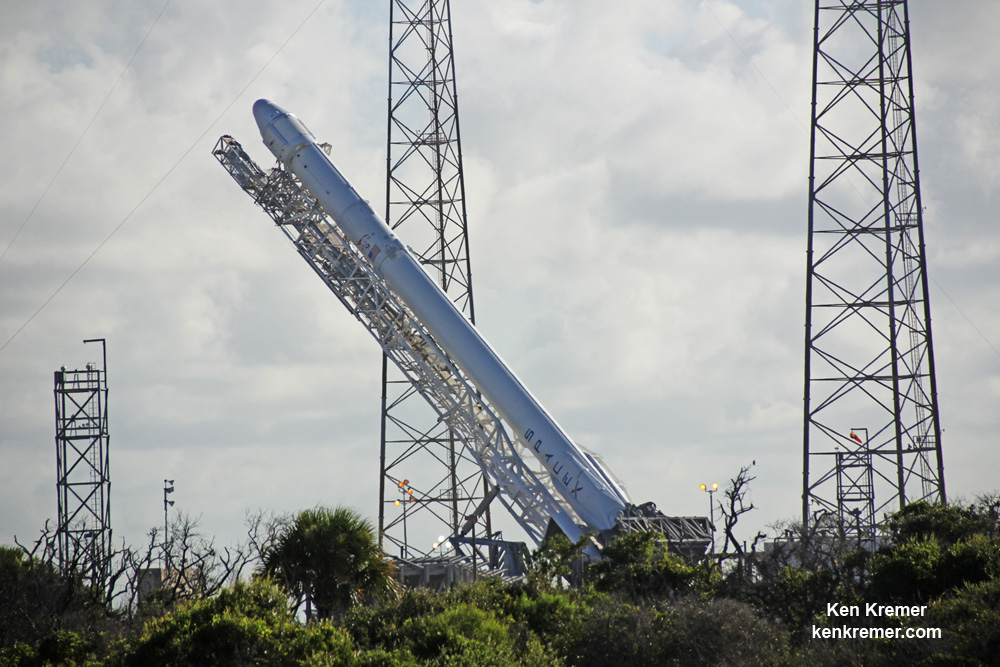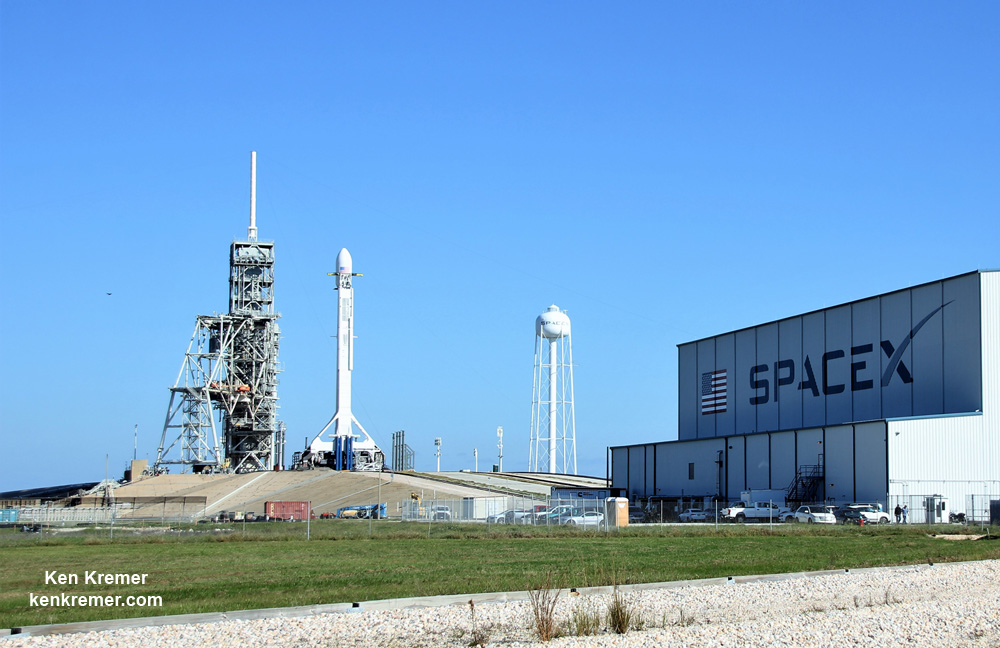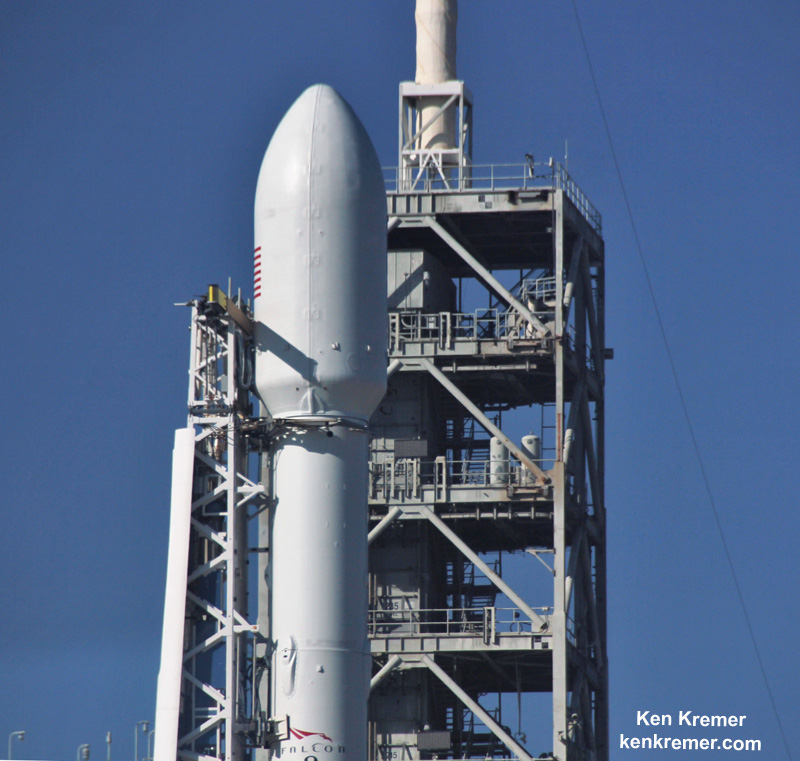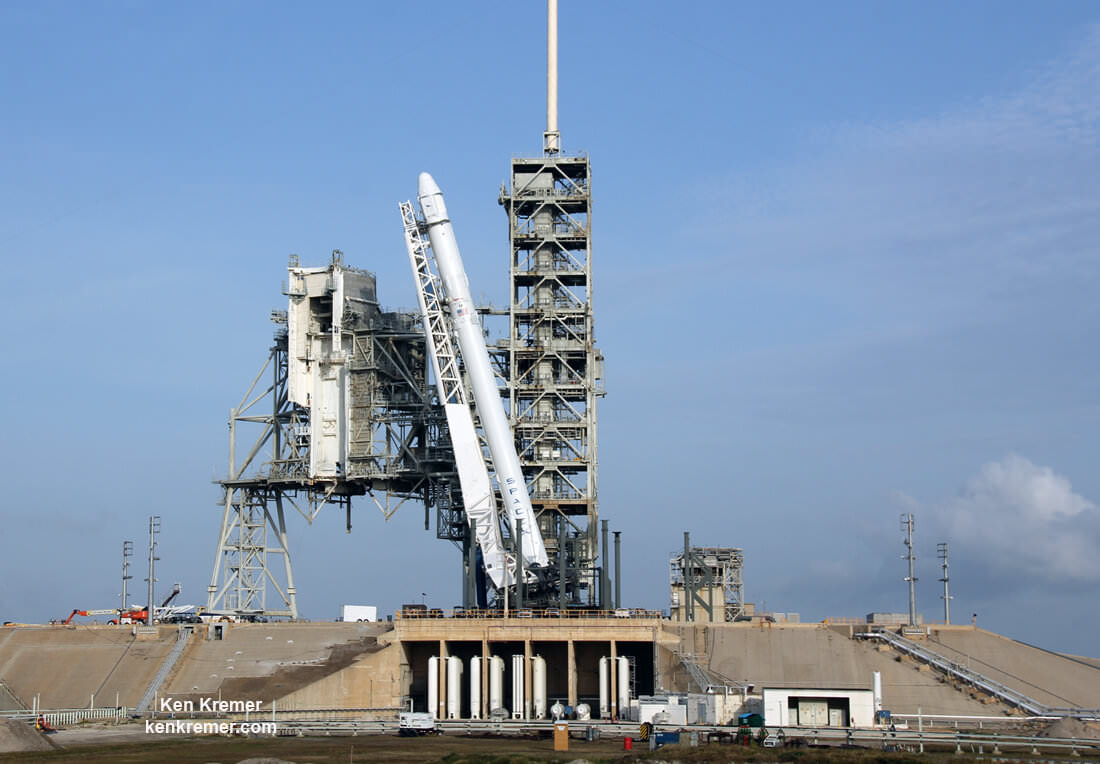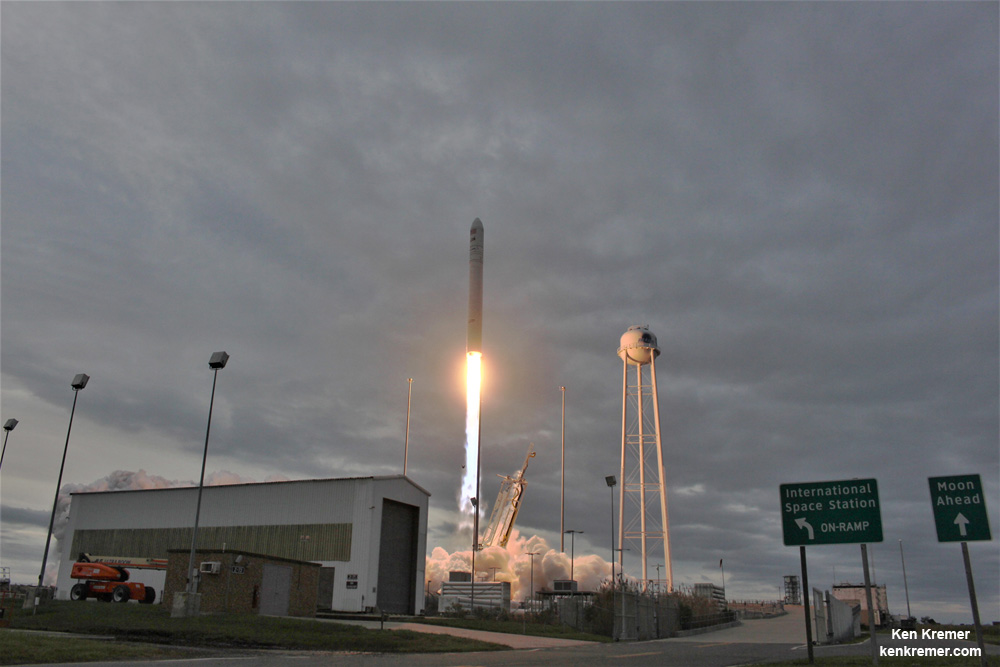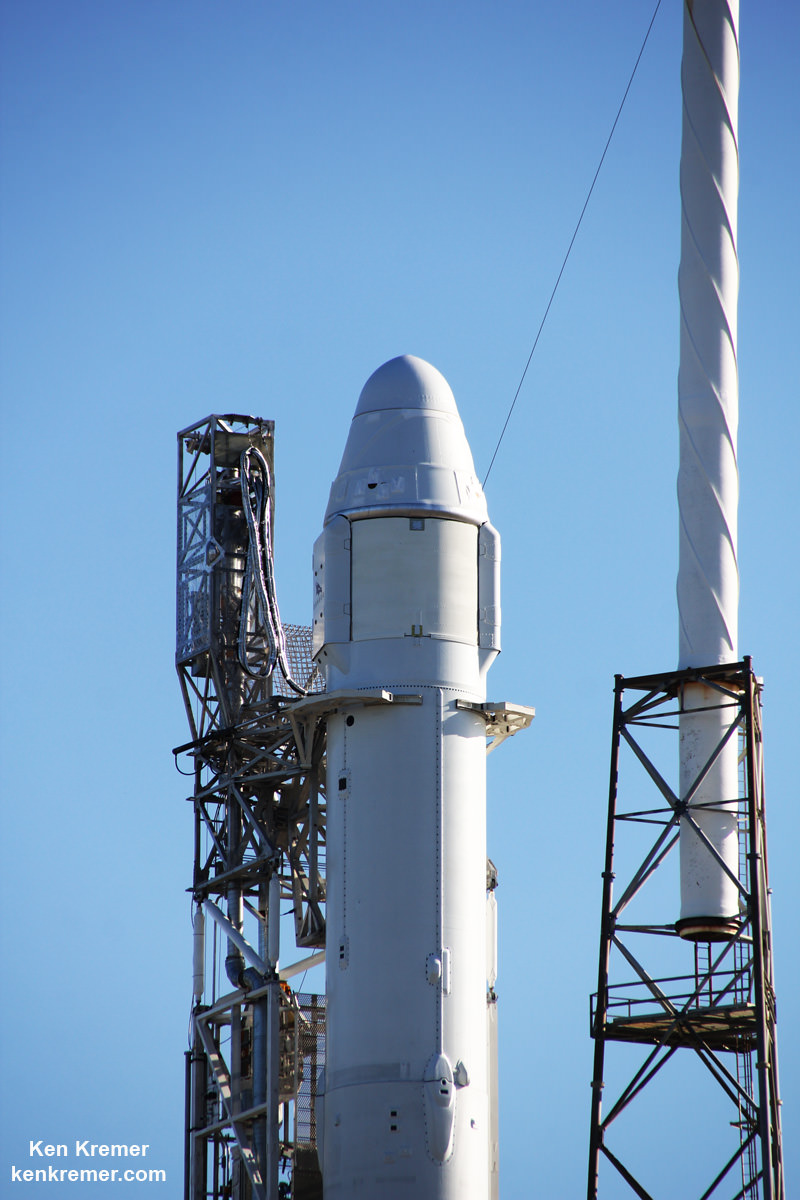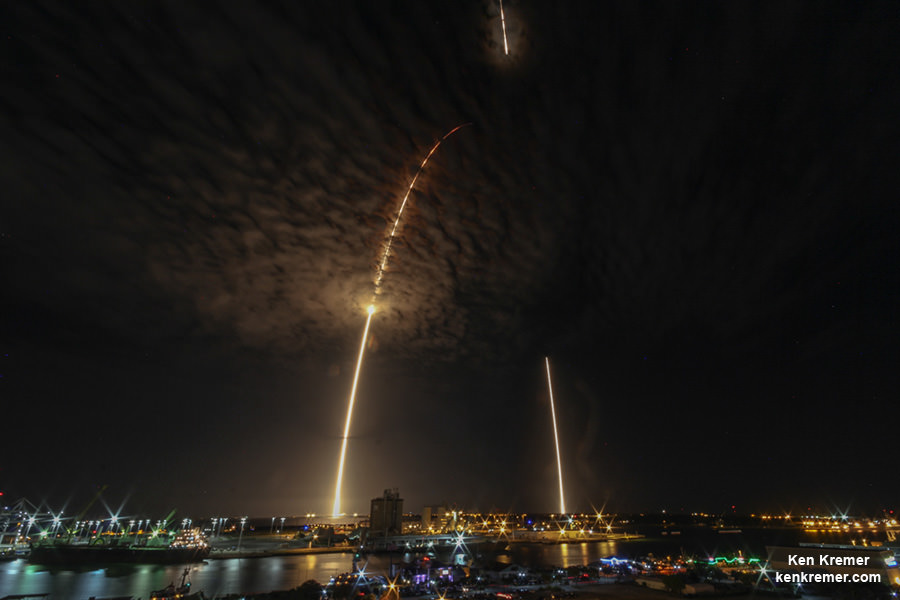Life aboard the International Space Station is characterized by careful work and efficiency measures. Not only do astronauts rely on an average of 12 metric tons of supplies a year – which is shipped to the station from Earth – they also produce a few metric tons of garbage. This garbage must be carefully stored so that it doesn’t accumulate, and is then sent back to the surface on commercial supply vehicles.
This system works well for a station in orbit. But what about spacecraft that are conducted long-duration missions? These ships will not have the luxury of meeting with a regular cadence of commercial ships that will drop off supplies and haul away their garbage. To address this, NASA is investigating possible solutions for how to handle space trash for deep space missions.
For this purpose, NASA is turning to its partners in the commercial sector to develop concepts for Trash Compaction and Processing Systems (TCPS). In a solicitation issued through the Next Space Technologies for Exploration Partnerships (NextSTEP), NASA recently issued a Board Agency Announcement that called for the creation of prototypes and eventually flight demonstrations that would fly to the ISS.
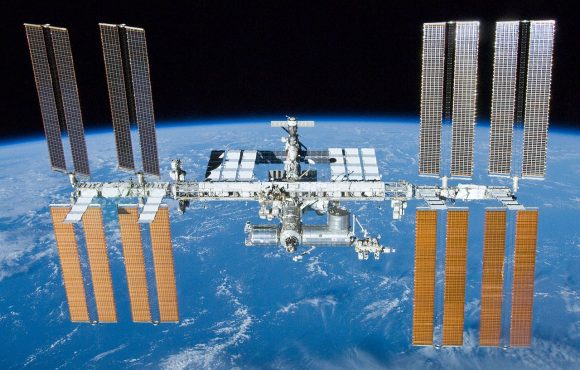
The details of the proposal were outlined in Appendix F of the Board Agency Announcement, titled “Logistics Reduction in Space by Trash Compaction and Processing System“. As they state in this section:
“NASA’s ultimate goal is to develop capabilities to enable missions that are not reliant on resupply from Earth thus making them more sustainable and affordable. NASA is implementing this by employing a capability-driven approach to its human spaceflight strategy. The approach is based on developing a suite of evolving capabilities that provide specific functions to solve exploration challenges. These investments in initial capabilities can continuously be leveraged and reused, enabling more complex operations over time and exploration of more distant solar system destinations.”
When it comes right down to it, storing trash inside a spacecraft is serious challenge. Not only does it consume precious volume, it can also create physical and biological hazards for the crew. Storing garbage also means that leftover resources can not be repurposed or recycled. All told, the BAA solicitation is looking for solutions that will compact trash, remove biological and physical hazards, and recover resources for future use.
To this end, they are looking for ideas and technologies for a TCPS that could operate on future generations of spaceships. As part of the Advanced Exploration Systems (AES) Habitat’s Logistics Reduction (LR), the TCPS is part of NASA’s larger goal of identifying and developing technologies that reduce logistical mass, volume, and the amount of time the crew dedicates to logistics management.
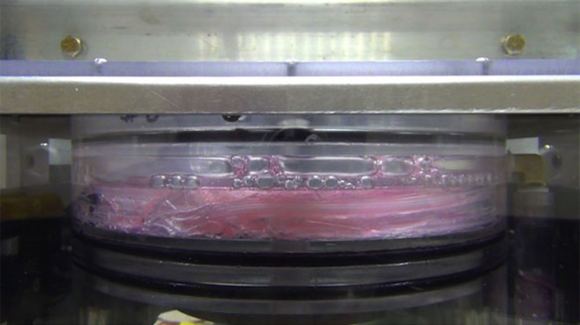
The objectives of the TCPS , as is stated in the Appendix, are fourfold:
“(1) trash compaction to a suitable form for efficient long-endurance storage; (2) safe processing of trash to eliminate and/or reduce the risk of biological activity; (3) stabilize the trash physically, geometrically, and biologically; and (4) manage gaseous, aqueous, and particulate effluents. The TCPS will be the first step toward development and testing of a fully-integrated unit for further Exploration Missions and future space vehicles.”
The development will occur in two phases. In Phase A, selected companies will create a concept TCPS system, conduct design reviews with NASA, and validate them through prototype ground demonstrations. In Phase B, a system will be prepared for transport to the ISS so that a demonstration cant take place aboard the station as early as 2022.
The various companies that submit proposals will not be working in the dark, as NASA has been developing waste management systems since the 1980s. These include recent developments like the Heat Melt Compactor (HMC) experiment, a device that will recover residual water from astronaut’s garbage and compact trash to provide volume reduction (or perhaps an ionizing radiation shield).
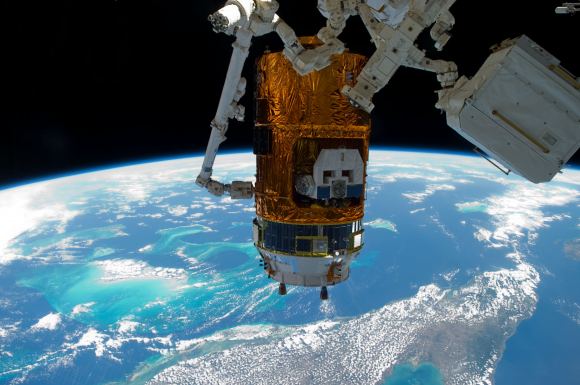
Other examples include the “trash to gas” technologies, which are currently being pursued under the Logistics Reduction and Repurposing project (LRR). Using the HMC, this process involves creating methane gas from trash to make rocket propellant. Together, these technologies would not only allow astronauts on long-duration spaceflights to conserve room, but also extract useful resources from their garbage.
NASA plans to host an industry day on July 24th in order to let potential industry partners know exactly what they are looking for, describe available NASA facilities, and answer questions from potential respondents. Official proposals from aspiring partners are due no later than August 22nd, 2018, and whichever proposals make the cut will be tested on the ISS in the coming decade!

